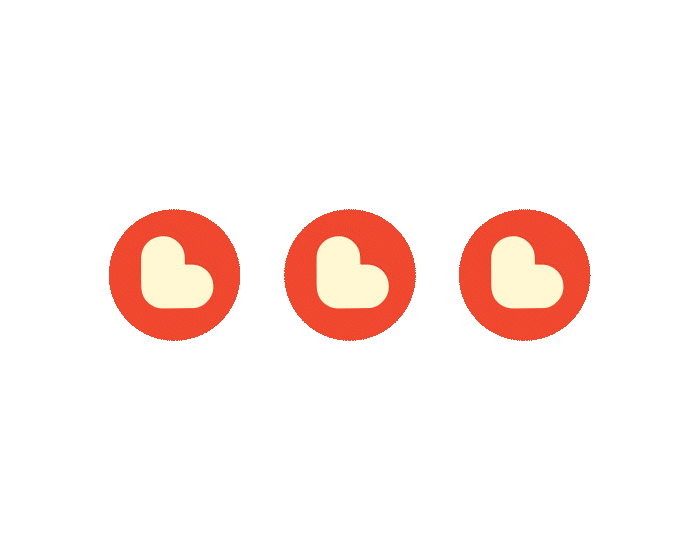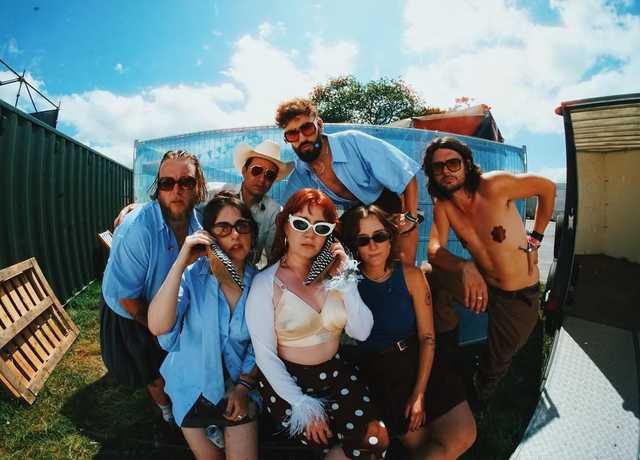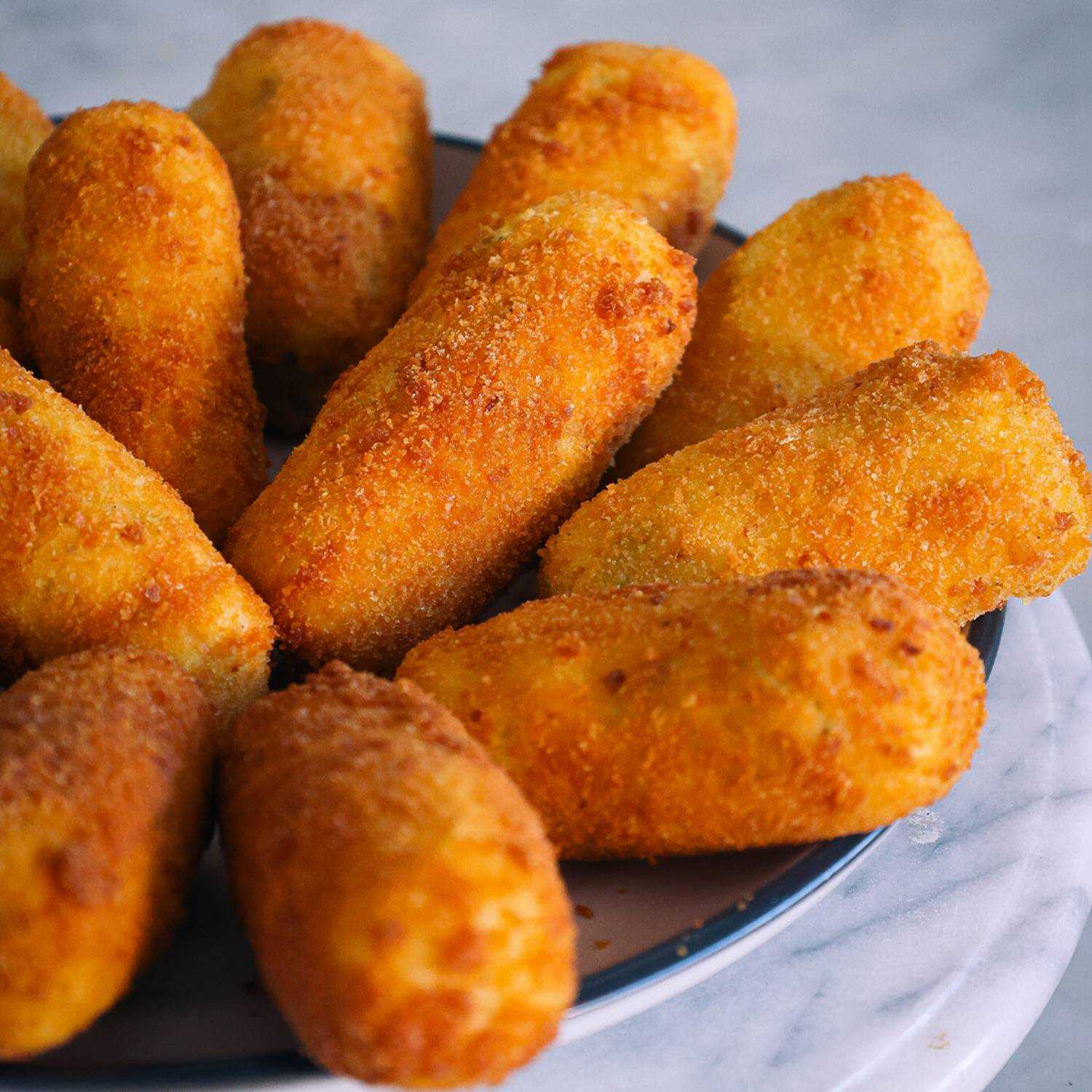
Small plates are the à l'ordre du jour rn, but I've got a bone to pick with them
Plop yourself down at any number of new restaurants in Dublin, you'll find a concise and brief menu.
As a food and drink journalist, I come across the small plate model perhaps more than most, but it's definitely something that I experience in my personal life as well as my professional. How often have I sat down in a new hip restaurant in Dublin, with my nearest and dearest, with a clipboard style menu featuring no more than a dozen small plate dishes, all sitting well above the €10 mark, and been told I'll need to order at least three for a full meal - and more if you're hoping to share.
It's not the concept of sharing that upsets me. I'm the youngest of three - I'm used to fighting for my food. I’m in no way a Joey Tribbiani, or Smithy-style caricature who foams at the mouth at the very thought of someone’s fork nearing my plate. It’s that small plates are so small that one cannot share them without only being left with a mere sliver of what remained. Really excited about those crab cakes? Hope you enjoy the morsel that’s left after your three pals have had their way with them, but no worries guys seriously, there’s a load of Padron peppers left.
There are a lot of valid reasons for restaurants to have small plates on their menu - both creatively and economically. With endless price increases and the hospitality VAT returning to 13.5%, it's more cost efficient for a restaurant to offer 6-8 small plates as opposed to ten starters, ten mains, and four desserts. "A large three course meal is definitely not for everyone these days" says Marc Bereen, co-founder of Charlotte Quay, Orwell Road, and small plate endeavour Row Wines, speaking to the popularity of the tiny dish. That, the chance for creativity in the kitchen, as well as the opportunity for consumers to try more from a menu were all pros in Bereen's book.
This topic partially angers me so much because I don't want to be a party pooper - the menu and dishes themselves are generally not where my issue lies. I don't want to go for some vino after finishing off a huge meal that has me unbuttoning my jeans for lack of space. Maybe it's my salary, or where I prioritise spending my money, or where I can feasibly spend my money on any kind of regular basis, but in the many meals I've spent out dining on these tiny plates, I can't help but feel like I've been somewhat scammed, and Laura Sekulic, Front of House at a major Dublin cocktail bar with 10 years experience in the hospitality industry, voiced my despair, saying that while she loves the idea of small plates in theory, Dublin just might not be somewhere they can thrive, due to inflated prices amid a hospitality crisis.
Small plates are "a chef's playground"
I can understand why small plates are popular - the concept of ordering a few for the table to share is a nice idea, particularly amongst indecisive diners. Bereen explained that for a kitchen, small plates are a lot of fun as the menu can change up more regularly than with a classic al la carte, allowing restaurants to stretch their creative muscles. “A chef’s playground” is how food writer Ali Dunworth described small plates allowing chefs to make use of “more niche, artisan and seasonal ingredients” alongside reinventing classic dishes. You can see why a chef would want to be apart of a restaurant that allows them this kind of creative control.
Often small plate restaurants will employ a minimum order, which is certainly one way to keep healthy profit margins, but Bereen says they would rather focus on "excellent food and service consistently to make sure we're always busy and make it make sense business wise," and not enforce too many "rules" on the customer. Hospitality is a difficult business at the best of times, and we're certainly not in the best of times, with the VAT returning to 13.5% in September 2023, and price surges on ingredients and energy, not to mention the inability to get staff with 21,000 people emigrating to Australia in the space of a year. Restaurants are within their right to do whatever is necessary to stay afloat, but as the consumer, I prefer the Row Wines' way of ordering.
Customers are approaching dining differently now and small plates are catering to this change in direction - whether it be the cost, or not wanting to overly consume, Bereen observes many diners aren't as keen on the more traditional three-course meal anymore, and enjoy the element of "control" they feel with a small plates menu, not dissimilar to the tapas style of dining, and I have to agree from my own experience - there's a reason besides the fact that it's fashionable that I more often than not end up at a small plates restaurant than a regular one these days.
Finally it allows for diners to be a bit braver - you're not going to order a huge main course costing upwards of €20 if you're not fairly certain you're going to enjoy your meal, but with small plates you can be more daring and simply dig into something that tickles your fancy more if a certain small plate is not your vibe. In a time where everyone with a smartphone is making food review content on Instagram and TikTok, the ability to order multiple items on a menu only lends itself to these upcoming creators.
The evolution of tapas and the inspiration behind small plates
Over the years the parallels between tapas and small plates have been unsurprisingly drawn, miniature plates, designed to be eaten languidly together with friends. Much like our love for the country (an estimated two million of us head over each year) we've taken to the Spanish tradition of eating like a gilda to a toothpick, just as King Alfonso X of Castile did in the 13th century, when he began eating small amounts of food with his wine as a way to "strengthen his constitution". So pleased was he with this form of consumption, he made it so alcohol could only be served with food to stop soldiers from losing the run of themselves with too much wine - easy to draw some clear parallels here between 1200s Spain and 2020 Ireland and the introduction of the €9 meal, and easier still to see why this would appeal to the Irish with our much parodied proclivity for a drink or two.
The inspiration for small plates is clear to see; less extensive menus than that of a tapas restaurant, more changeable dishes, and highly considered options. Row Wines' Bereen agreed that it's likely small plates were born out of the tapas tradition, and that it undoubtedly adds something more social to the act of dining out.
The purpose of small plates, as with tapas, is to socialise and to share with fellow diners, but for Sekulic she wonders if Dublin is ready for this kind of dining, instead finding that the experience in our fair city is often one of "over priced chaos". I can't help but agree, often finding myself paying €15 for one plate that would barely do as someone's starter, let alone something they're meant to share. I've gone for too many "meals" in Dublin where I've had to accept two small plates as my dinner, fending off the hovering forks of my dinner companions, and then had to go for a boogie with an empty stomach and as such, an empty heart. Nothing makes me more miserable on a night out than hunger (and uncomfortable shoes) but for better or worse, the small plates and wine ahead of a bop seems to be the new roster for a night on the town.
Why Dublin might not be the place for small plates
Whether it's a Dublin issue or a wider hospitality issue, you can't deny that small plates are just expensive, and are therefore somewhat inaccessible to a lot of people given the cost of living crisis. While Bereen believes that small plates are more economical for the consumer, and provides an element of control not as evident with more classic menus, he did admit that ordering too many, at €12 a pop, can add up quickly, and there's got to be a bit of a knack to the ordering to ensure you're not out of pocket.
The core of Sekulic's dissatisfaction with this form of dining in Dublin restaurants mirrors my own, in that small plates are never really small plates, at least where the price is concerned. Here she places no blame on the restaurants themselves, acknowledging the hugely debilitating factors faced by hospitality, such as "energy bills, staff cost and taxes" all rising, forcing venues to increase their prices "since bookings are not as predictable or secure as they were before the pandemic".
Not to bring it once again back to the housing crisis, but it's impossible not to when we're discussing value for money, no matter the item being paid for. Sekulic shared Bereen's praise of chefs in Dublin, calling them some of the "most creative, forward thinking and brave" she's come across, but worries that the city doesn't lend itself to a small plate model. Where small plates thrive is in more central Europe, the countries closer to the equator, Sekulic says, assigning their success largely to the weather. On the continent, this form of eating allows diners all the positives of small plates - the sharing, the craic, the faster service - because of the portion sizes, menus and pricing. Dublin on the other hand struggles with this - diners aren't as likely to move on somewhere else after an hour, particularly not for food, and so to combat the slower turnover of customers, the cost of the plates rises. The lack of third spaces, which Sekulic would not be the first to criticise, and the ever-changing weather, has Dubliners more likely to stay put in one space, and the restaurant has to account for this. We're much less likely to risk a brolly turning inside out for the sake of moving to a new location, whereas hopping from place to place in the likes of Malaga or Nice, with blue skies and gorgeous sights to take in, is all part of the charm of small plates.
Instead of blaming the restaurants for these price increases, Sekulic looks to government's lack of support for hospitality, saying these high costs can leave "a significant gap in some cases between value and price that reflect badly on the [venue]", to an unfair degree. She says that "with smaller average spends and longer times on tables [restaurants] are left with no choice but to price a tiny anchovy bruschetta at 12.50 to keep their doors open." It's simply not feasible to spend €60 on four small plates to replicate one usual plate, or a starter and main, on top of ordering what is likely going to be €9 glasses of wine, of which you probably going to have two or three - suddenly you're €97 out of pocket before you've even left a tip.
It all comes back to the cost of living crisis
I have no doubt that the rise of small plates has been born out of necessity for many food businesses. The price of supplies and ingredients have soared, and in many cases restaurants are unable to entirely absorb the cost, meaning the customer ultimately ends up paying more than they would have maybe just five years ago. While there are positives to be sure - the opportunity for chefs to be creative, the changeability of menus, the more social way of dining - I can't help but remain a bit deflated at the thought of them becoming more and more popular, with every new restaurant employing the small plate model.
If we thought avocado toast or coffees were stopping us from buying houses, small plates have a lot more to answer for. Where I have no issue paying "crazy money" for an almond croissant and an ethically brewed actually tasty coffee, that is ultimately unlikely to go over €10, I do take issue when I'm spending the same amount of money on what could be (and probably should, given the price) my dinner, for less than half the food.
Perhaps the issue however is that I have just been priced out of the small plate dining option - just as I've been priced out of the rental or housing market in Dublin. As boomers love to say when we complain about not being able to buy in our capital - say it with me "NOT EVERYONE CAN LIVE IN DUBLIN" - so maybe I just have to accept that a restaurant or bar doing small plates is simply not for me. I'm not moaning about the fact that I can't justify dining somewhere like Chapter One on any kind of regular, or even irregular basis - so why small plates?
I guess the argument of small plates largely centres around what you can or can't afford, and when I'm looking to spend the little disposable income I have, I can't help but resent when it goes towards a tiny meal that leaves me starving afterwards, no matter the good reasons behind the model.
Maybe it's time to take inspiration from the beloved act of pre-drinking, and start pre-eating before I head for a dinner out.
What do you think? Give us a shout on hello@lovin.com













